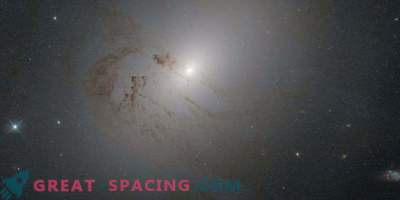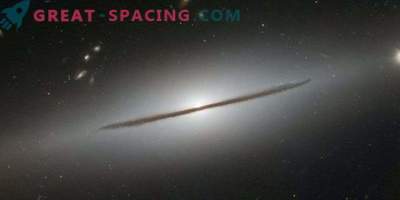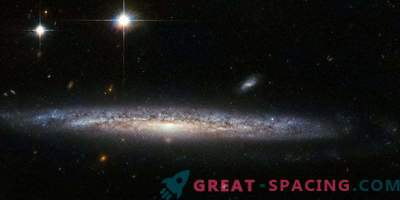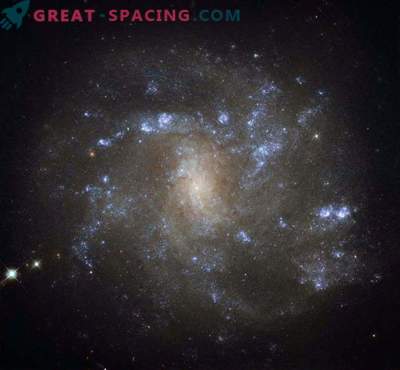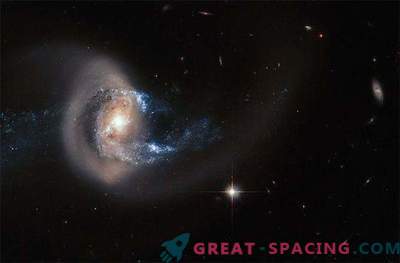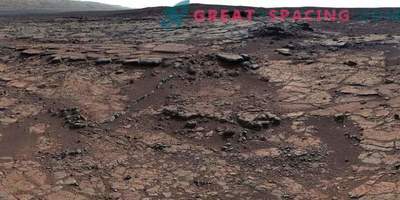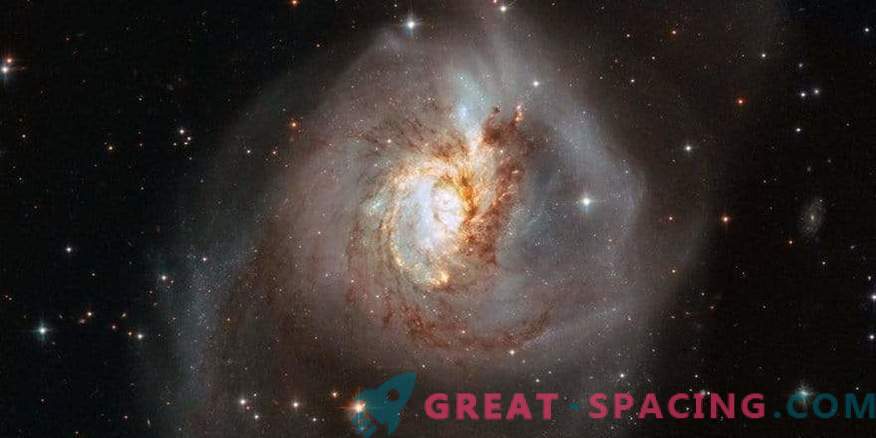
The image from the Hubble Space Telescope demonstrates an interesting galaxy NGC 3256, 100 million light-years distant from us. It is the result of a galactic fusion. As a result, we have an ideal target for studying the star flares caused by the merger
This magnificent cosmic pattern represents the galaxy NGC 3256 and the site of a violent collision. The distorted galaxy acts as a relic of the collision of two spiral galaxies that occurred 500 million years ago.
NGC 3256 is 100 million light-years distant from us and lives on the territory of Sails. Refers to the Hydra-Centauria supercluster. There are still visible traces of a turbulent past in the expanded bright tails that grow around the galaxy. Approximately 500 million climbed back during the initial collision. Tails are dotted with young blue stars.
During the galactic merger, individual stars rarely collide, because they are separated by great distances. But gas and dust actively contact, creating bright glow. In the center you can see a lot of newborn stars shining in the far infrared range. Because of this, it refers to a bright IR type.
Approximate look at NGC 3256
NGC 3256 has been widely studied due to its brightness, proximity and orientation (turned to us). The galaxy is the ideal target for the exploration of star flares created by fusion.
In addition to illuminating more than 1000 bright star clusters, the central part of NGC 3256 also sheltered the crossing threads of dark dust and a large disk of a molecular disk, rotating around two different cores. One core is mostly hidden, but is shown in IR, radio and X-ray wavelengths.
The original galaxies were rich in gas and converged in massiveness, so they have about the same effect on each other. Spiral disks are already difficult to distinguish, and after a few hundred million years, the nuclei will merge, creating a single elliptical galaxy.

